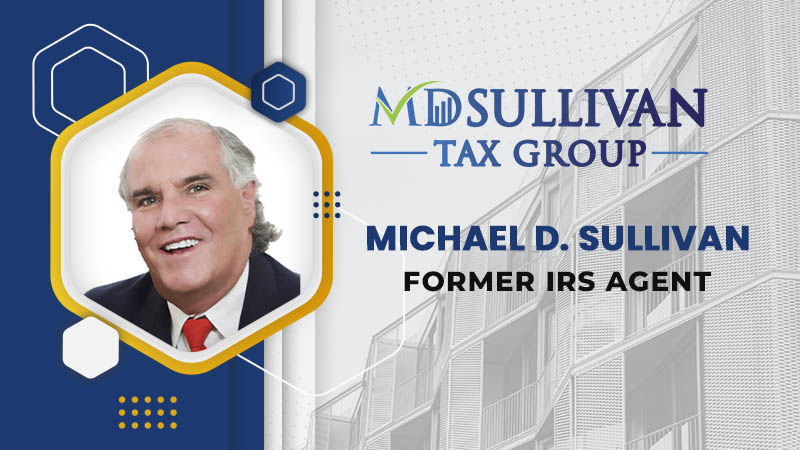How many notices does the IRS send before levy?
Getting a notice from the IRS is enough to stress a person out. However, it is crucial to look for the solution, and for that, it is vital to understand the situation step by step.
But first, let’s answer the burning question- ‘How many notices does the IRS send before levy?’
The answer is two notices! Here is the list of notices:
CP14/ CP501: One of your accounts is subject to unpaid taxes.
CP503: The IRS hasn’t contacted you in a long time, and you still owe money.
CP504: This is an intent-to-levy notice, not a notice of finality. Your state income tax refund will be used to pay the deficit if you don’t pay the debt immediately.
Those who owe back taxes will receive letters from the IRS informing them of their current situation. If you ignore these notices for a long time, you’re more likely to receive a Notice of Intent to Levy.
First, what is an IRS levy notice?
An IRS levy is a court-ordered seizure of your property in order to satisfy a tax debt. Liens and levies are not synonymous. Unlike a lien, a levy allows the IRS Agent to confiscate property in order to pay the bill. The IRS Agents or a state agency may cease and auction any real or personal property you own or have an interest in if you fail to pay your taxes (or opt to settle your debt).
According to the IRS’s website: IRS Levy is a legal procedure that permits the government to seize your property to satisfy a tax debt. It has the authority to garnish your wages, confiscate and sell your car(s), real estate, and other personal property, as well as withdraw funds from your bank or different financial account. A taxpayer has 30 days to settle a tax debt after receiving a Notice of Levy from the IRS. If you do not pay the total amount due after receiving the notice, you will face severe consequences.
How to stop an IRS levy?
You can petition the IRS to remove the Levy if you pay all of your overdue taxes or enter into a payment agreement with them.
Assuming you cannot pay all of your taxes, the real question is how long it will take you to reach an agreement with the IRS regarding the same to have the Levy or garnishment lifted (or “released”). The IRS will quickly release the Levy if simple payment agreements are reached.
If you haven’t previously gotten a payment extension, that is. You can usually get up to 120 days if you ask for an extension. You usually only have 60 days to pay the total amount if you’ve been assessed. If you receive a payment extension, you can petition the IRS to lift the Levy.
In brief, you can complete a levy/garnishment release in less time than it takes to call the IRS if you follow the extension-to-pay agreement’s criteria.
How to find out if the IRS is garnishing wages?
To find out who is garnishing your wages, follow these steps:
- If your paycheck is less than expected, search for “Other” or “Miscellaneous” deductions in your pay. If you’ve lately been the subject of debt-collection litigation, or if you owe the IRS money, they’ll almost likely pursue it.
- Your employer must provide you with a copy of garnishment papers, which you should verify with your company’s payroll department. They should offer you a copy of the paperwork if they’re deducting money from your paycheck.
- Look over any previous correspondence you’ve had with your creditors. In the course of your research, you might find an omitted reference to wage garnishment. You should also request a credit report from each credit reporting agency as soon as feasible.
How much can the IRS garnish wages?
If a judgment creditor garnishes your pay, it can only take the following amounts under federal law:
Suppose your earnings are more than 30 times the federal minimum wage. In that case, you must donate 25% of your disposable income, whichever is smaller. By subtracting all mandatory deductions from your total salary, you can determine your disposable income. Required assumptions include federal and state taxes, state unemployment insurance levies, Social Security, and mandated retirement deductions. Health and life insurance, charitable contributions, retirement plans, and other optional deductions are not allowed.
What if there is a mistake?
You can file an appeal if you disagree with the Final Notice of Intent to Levy information.
You should initially call the number of the IRS agent on the notice, but you can also appeal. It’s not the same as calling the IRS because they only have 30 days to act. The Internal Revenue Service (IRS) makes mistakes from time to time. If you’ve already established an IRS installment plan, ensure it is documented. In some cases, you may choose to start the appeals process.
How to Avoid an IRS Levy ?
Keeping track of your tax returns and bills is best to avoid a tax levy and other tax penalties.
The IRS tracks any debt you owe. They’ll give you multiple opportunities to pay it off. If you do not respond to their attempts to contact you, they may take further action against you. A tax levy fee specifies the amount the IRS intends to seize . In other words, the amount of your tax levy fee will be equal to the total amount of unpaid taxes.
Before issuing a levy against you, the IRS must take specific steps, and your actions are equally important. For the IRS to levy your account, either you refused to pay your debt or purposely failed to pay it. You’ll receive a letter 30 days before the Levy takes effect, so attending a hearing may be the best way to avoid a tax levy. Consult a tax attorney if you’re thinking about doing this.
Conclusion
As a result of prior IRS letters informing you of your IRS tax debt and payment requests, you will receive a CP504 notice from the IRS. The first step in the collection process is the issuance of Notice CP14 by the IRS. Your first notice from the IRS letting you know that you owe money to the government will be the CP14. Suppose you cannot make payments, cannot set up a payment plan or dispute the amount owed, or cannot resolve your situation on your own. In that case, the IRS may take additional steps to collect your debt, which might include sending you a notice of encumbrance. To avoid putting yourself in a more financially or legally precarious position, you should consult a lawyer if you receive a Notice of Levy. The procedure of settling your debt for a lower amount or making more affordable payments can help shield your assets from seizure by the IRS Levy.




